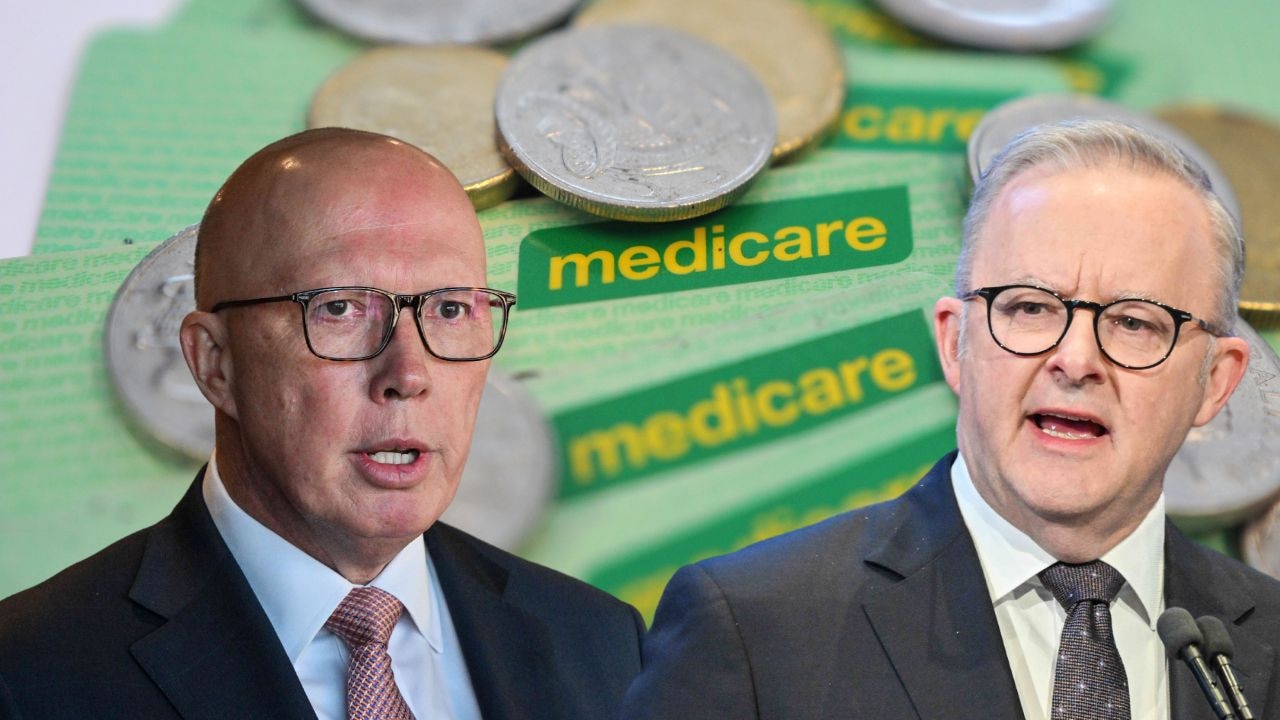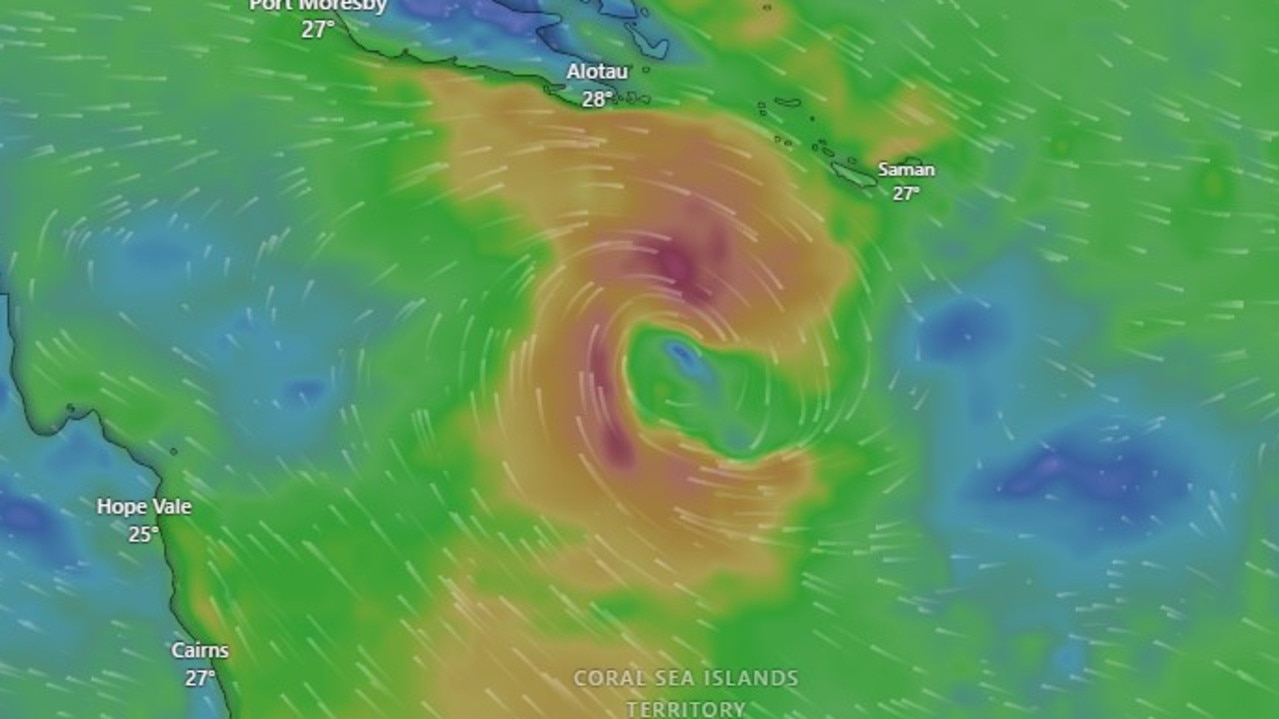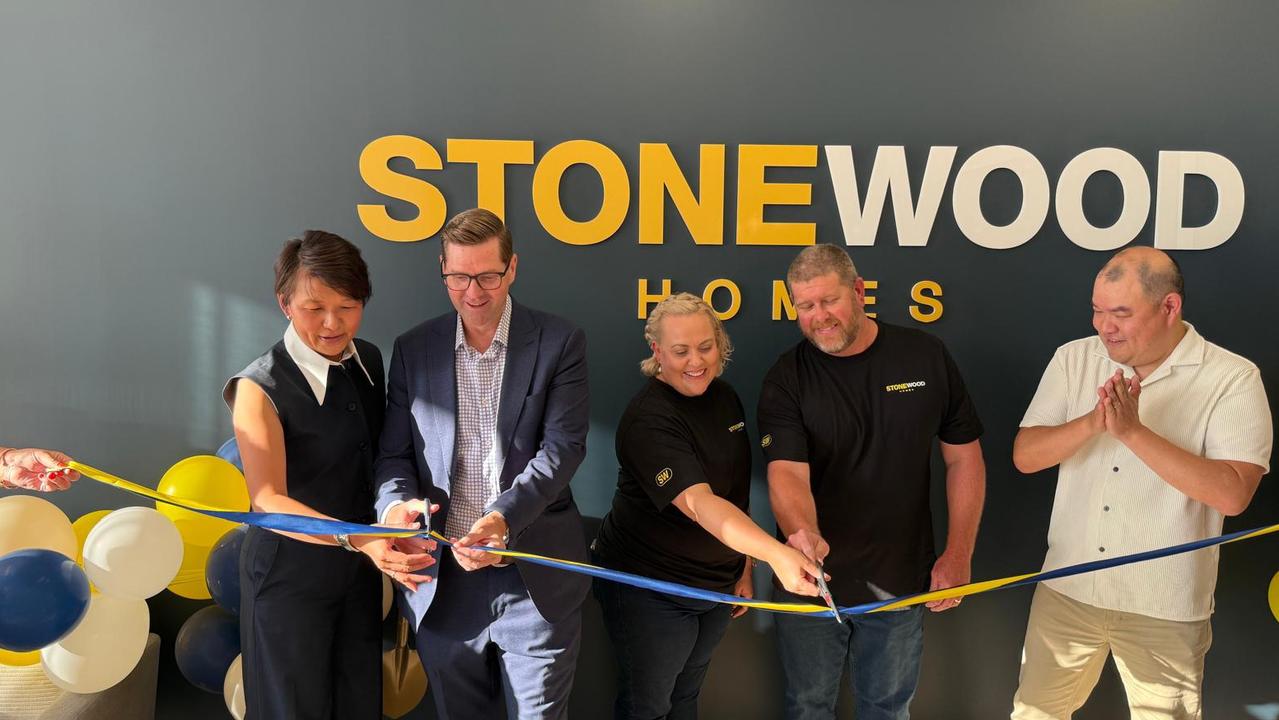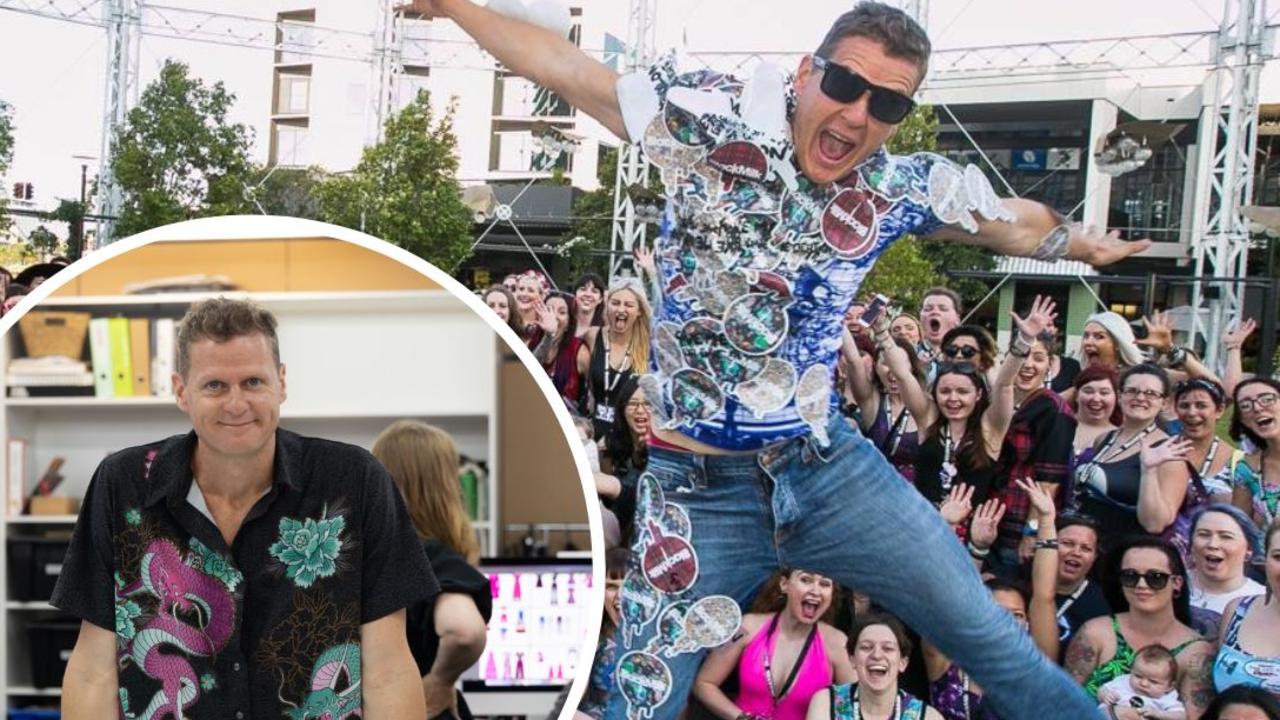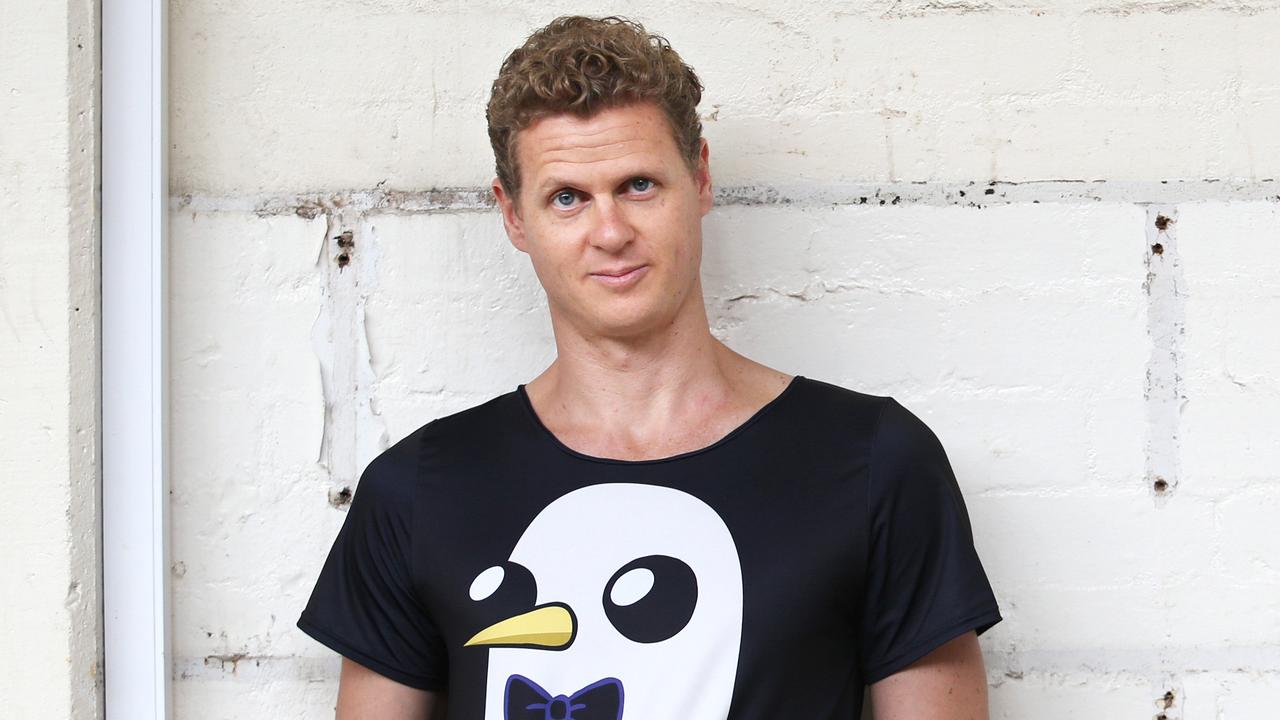‘Pioneering’ project set to deliver fuel of future in Australian first
Describing its approach as “pioneering”, this proposed project may result is seeing hydrogen produced for the purpose of local use. Here’s how it will work.
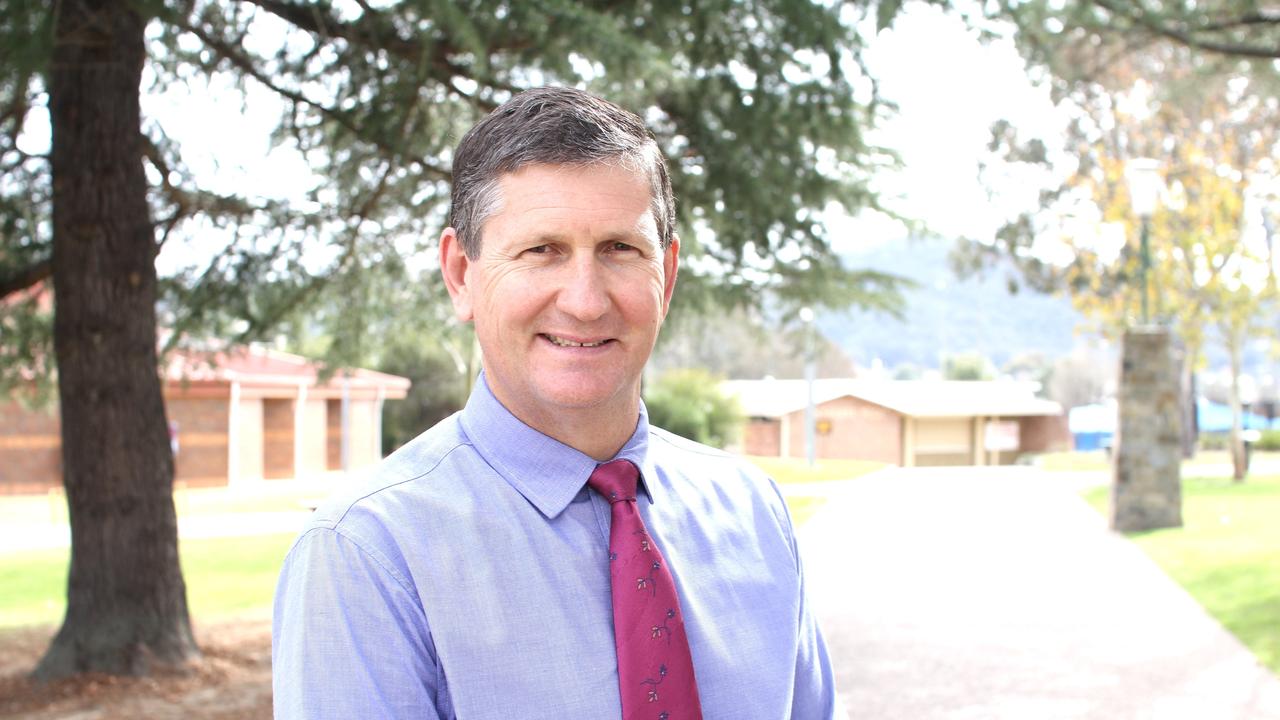
News
Don't miss out on the headlines from News. Followed categories will be added to My News.
A region near Toowoomba is one step closer to being one of Australia’s first areas to launch a project that produces hydrogen for the purpose of local use.
Goondiwindi Regional Council has formed a partnership with the Hydrogen Collective and the Queensland University of Technology to propose the installation of a hydrogen production facility.
Awaiting on more external funding, the proposed site for the new facility will be the Goondiwindi wastewater treatment plant and will see residential wastewater turned into hydrogen energy.
Using electrolysis to breakdown wastewater to turn it into oxygen and hydrogen, council will sell the hydrogen to local businesses as a renewable energy alternative.
Goondiwindi mayor Lawrence Springborg said while the technology being used was not new, it would be the first time used in this combination and for the purpose of this outcome.
“We’re very excited to be one of the first councils in the country to be involved with this process and to look at innovative ways of turning what was a waste product into a renewable energy source for local industry,” Mr Springborg said.
“While most of the proposed national hydrogen production will be focused on export, ours will be one of the first projects of its kind that is specifically for the local economy.
“Once more funding is secured and with sufficient uptake from local industry, we could be looking at producing up to 1350 tonnes of hydrogen per year for local businesses as a cheaper, greener energy alternative.”
In addition, the council is proposing to use the oxygen produced to improve efficiency and provide a cleaner operation at a more economical cost.
It will also improve the quality of the effluent output ensuring treated wastewater can be reused in more ways.
H2C has consulted with large industrial businesses including cotton gins, feedlots and manufacturing specialists, in the Goondiwindi region interested in converting to using hydrogen once available.
Mr Springborg said council had already identified major upgrades the Goondiwindi wastewater treatment plant would require over the next 10 years.
He said these upgrades would form part of the asset management plan and would help future-proof the wastewater treatment plant facility.
“Using methods recommended in the plan, those requirements would potentially cost more than $20 million to realise,” Mr Springborg said.
“Instead by partnering with private enterprise in this innovative project, we will be able to achieve similar outcomes at a greatly reduced cost to ratepayers … I can’t emphasise enough what a benefit and opportunity this is for Goondiwindi region residents.”
It is expected that the Goondiwindi region may be producing hydrogen as early as December next year.
Once production commences, commercial sales will follow and will likely be managed by H2C.
Goondiwindi Regional Council will contribute $50,000 which will help fund the design, legal and administrative costs of the project.
A further $3.5 million will be allocated on completion to renew the wastewater treatment plant for the next two years.
While the remaining costs will be funded by private equity and external sources.




